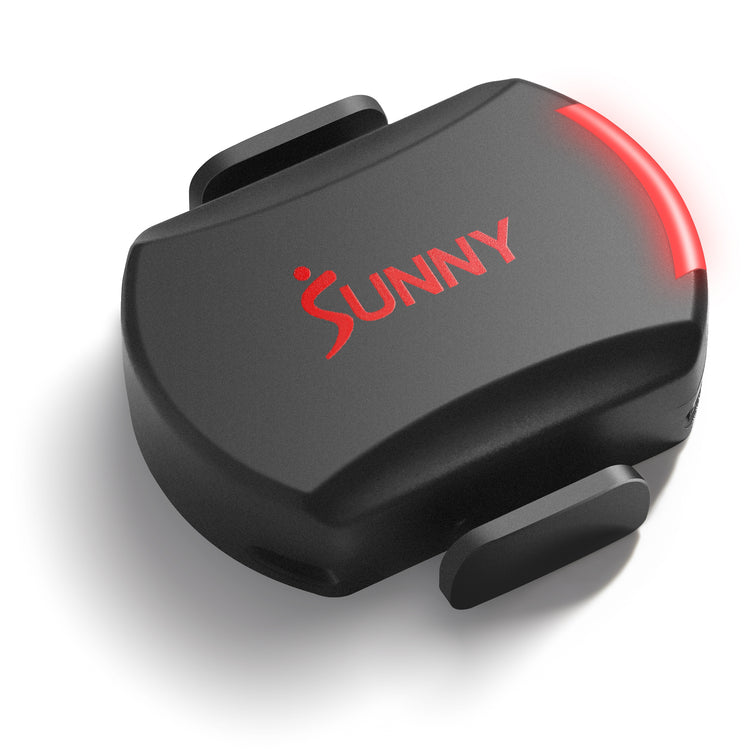Regardless if you’re an experienced or novice runner, you’ll likely experience some form of pain while you’re active. It can develop in different parts of your body and bring discomfort that can hinder motivation and halt workout programs.
The pain can also vary in intensity which may determine how you should go about addressing it. Runners may experience chronic pains, constant soreness, or general muscle tightness. Common locations for pain while running, walking, or jogging can be in the feet, ankles, knees, hips, back—along with series of muscles throughout your legs, hips, and core.
In order to mitigate pain, and to help you work out longer, we’ve mapped out three common issues runners, walkers, and joggers experience and how to address them.
Note: It is advised that you see a physician trained in orthopedic injuries for the area you are experiencing pain for a proper diagnosis and treatment plan.
PFPS
Patellofemoral pain syndrome (PFPS) or “runners’ knee” is a common knee issue that develops from the irritation of the tissues underneath the kneecap. This type of pain usually develops after longer bouts of running, but can also affect those that have been sitting for long periods of time, or who walk up inclines frequently.
What to Do
Rest is a critical factor in reducing irritation to any joint. If you feel the this type of pain, the best thing to do is to cut back on the intensity and frequency of your activity or take a break completely and perform other activities that don’t stress the knees in the same way (swimming, elliptical, or biking). Another way to help prevent this issue from creeping up is to adjust any muscular weakness you may have. The muscles of you hips and thighs play a critical role in stabilizing your knee joints while you move. If they are weak and the knee becomes unstable, this can lead to irritation, especially if you are trying to increase your running speed, endurance, or power. Performing exercises such as squats, deadlifts, and lateral band walks can help strengthen the muscle responsible for stabilizing your knee. Regular stretching of the muscle in your lower body after runs and on off days is also beneficial in help prevent this type of issue.
Achilles Tendonitis
This type of issue can cause pain in the back or your lower leg around your heel and up toward your calf muscles. When the muscles of the calf get tight, they pull on the tendon connecting them to the heel which causes the tendon to also become tight. This tightness can then lead to pain. It is common for individuals who try and increase their intensity and frequency of their training too quickly to experience this issue, as well as those who start training on hilly terrain or perform sprint work. If you feel this type of pain, it is advised that you do not try and push through it. Doing so could lead to a more serious long-term issue that could take months to resolve.
What to Do
If you notice that you are starting to develop this type of pain, stop immediately and take a few days off to rest. The muscles behind your lower leg are responsible for protecting the Achilles tendon. Keeping them strong is critical. Perform single leg calf lowering exercises to strength the muscle in the affected area. Try not to over stretch the affected area, and perform other activities that don’t stress the tendon, like swimming and using an elliptical machine.
Shop Sunny
Shinsplints
Opposite of Achilles tendonitis, shinsplints are caused from stress on the muscles in the front of your lower leg. This can feel like an achy pain which is caused by small tears in the muscle tissue in the muscles that are around you shin bone. This issue also develops on those who are just starting their new running routine and do too much too quickly. Improper footwear can also lead to this issue.
What to Do
Gradually increasing the frequency of your running, walking or jogging, program will help the muscles around your shin will help them respond well so they don’t get overworked. It is also strongly recommended that beginners and experienced exercisers get fitted for shoes that appropriately support their unique foot biomechanics. You can find professional help at several specialty shoe stores that can help you find the right shoe for your activity choice and frequency.




























Add Your Name & Email
Please enter your name and email to continue.We won’t display your email publicly.